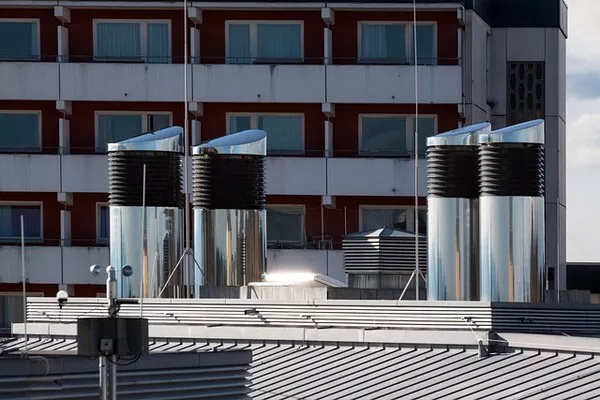Wind speed, a critical element of weather monitoring and various industrial applications, is typically measured using an instrument called an anemometer. Anemometers play a vital role in meteorology, environmental monitoring, aviation, and engineering, providing essential data for safety, efficiency, and planning purposes. In this article, we will delve into the workings of anemometers, the different types available, and how they record wind speed accurately.
Understanding Anemometers
An anemometer is a device designed to measure wind speed and sometimes direction. The fundamental principle behind anemometers is to quantify the movement of air molecules passing through them. The device converts this airflow into a measurable output, typically in miles per hour (mph), meters per second (m/s), or knots (nautical miles per hour).
Types of Anemometers
Cup Anemometer:
The cup anemometer is one of the oldest and most recognizable designs. It consists of three or four hemispherical cups mounted on horizontal arms. As the wind blows, it causes the cups to rotate around a central axis. The rotation speed is directly proportional to the wind speed.
Cup anemometers are robust and accurate over a wide range of wind speeds. They are widely used in weather stations and wind farms.
Vane Anemometer:
Vane anemometers use a set of small blades or vanes that are free to rotate about a vertical axis. As the wind pushes against the vanes, they rotate, and the angle of rotation is directly related to wind speed.
Vane anemometers are effective in determining wind direction in addition to speed. They are commonly used in weather monitoring and industrial applications.
Hot-Wire Anemometer:
Hot-wire anemometers operate on the principle of convective heat transfer. A thin wire is heated to a constant temperature above the ambient air temperature. As the wind flows over the wire, it cools down, requiring more power to maintain its temperature.
By measuring the electrical power required to keep the wire at a constant temperature, the wind speed can be accurately calculated.
Sonic Anemometer:
Sonic anemometers use ultrasonic sound waves to measure wind speed. They consist of multiple pairs of transducers that send and receive ultrasonic pulses. By measuring the time it takes for the sound waves to travel between transducers in different directions, wind speed and direction can be determined.
Sonic anemometers are highly accurate and are used in research applications and meteorological studies.
How Anemometers Record Wind Speed
Anemometers convert the physical motion caused by wind into readable data. Let’s explore how different types of anemometers record wind speed:
Cup Anemometer: As the wind moves the cups, the rotation speed is translated into wind speed readings through mechanical or electronic mechanisms. This data is then displayed on an attached meter or transmitted electronically to a monitoring station.
Vane Anemometer: The rotation of the vane is converted into an electrical signal through a potentiometer or similar device. This signal is then processed to provide a wind speed measurement.
Hot-Wire Anemometer: By monitoring the changes in electrical power required to maintain the wire at a constant temperature, the wind speed can be calculated accurately. This data is then displayed digitally or recorded for further analysis.
Sonic Anemometer: Ultrasonic pulses travel between transducers positioned at known distances. The time it takes for these pulses to travel in different directions is measured and used to calculate wind speed and direction.
Factors Affecting Accuracy
Several factors can influence the accuracy and reliability of anemometer readings:
Calibration: Regular calibration is essential to ensure accuracy, as environmental conditions and wear can affect sensor performance.
Mounting Location: Anemometers should be placed in open areas away from obstructions to minimize turbulence and ensure accurate readings.
Maintenance: Regular maintenance, including cleaning and inspection, helps to prolong the life and accuracy of anemometers.
Applications of Anemometers
Anemometers have a wide range of applications across various industries:
Meteorology: Anemometers are integral to weather monitoring and forecasting. They provide critical data for understanding weather patterns and predicting storms.
Aviation: Wind speed and direction data are essential for safe takeoffs, landings, and flight planning.
Maritime: Anemometers on ships and buoys help monitor wind conditions for navigation and safety.
Renewable Energy: Wind farms use anemometers to optimize turbine performance and monitor wind conditions.
Industrial Processes: Anemometers are used in industries such as HVAC (heating, ventilation, and air conditioning) to optimize airflow and energy efficiency.
Conclusion
Anemometers are indispensable tools for measuring wind speed and direction in various applications. Whether for weather forecasting, aviation, or industrial processes, accurate wind data is crucial for safety, efficiency, and decision-making. By understanding the principles and types of anemometers, we can appreciate their role in enhancing our understanding of the dynamic forces of nature and their impact on our daily lives.

